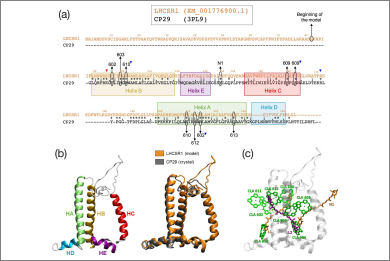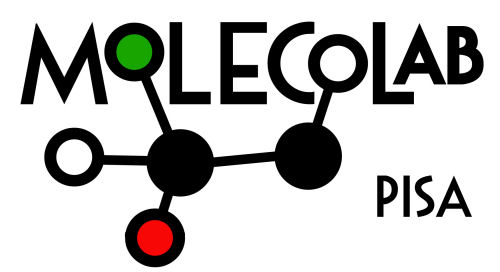
Light-harvesting complexes (LHCs) are pigment-protein complexes whose main function is to capture sunlight and transfer the energy to reaction centers of photosystems. In response to varying light conditions, LH complexes also play photoregulation and photoprotection roles. In algae and mosses, a sub-family of LHCs, light-harvesting complex stress-related (LHCSR), is responsible for photoprotective quenching. Despite their functional and evolutionary importance, no direct structural information on LHCSRs is available that can explain their unique properties. In this work, we propose a structural model of LHCSR1 from the moss P. patens, obtained through an integrated computational strategy that combines homology modeling, molecular dynamics, and multiscale quantum chemical calculations. The model is validated by reproducing the spectral properties of LHCSR1. Our model reveals the structural specificity of LHCSR1, as compared with the CP29 LH complex, and poses the basis for understanding photoprotective quenching in mosses.
Guarnetti Prandi, I.; Sláma, V.; Pecorilla, C.; Cupellini, L. & Mennucci, B.
Commun. Biol. 5, 145 (2022) https://doi.org/10.1038/s42003-022-03083-8

